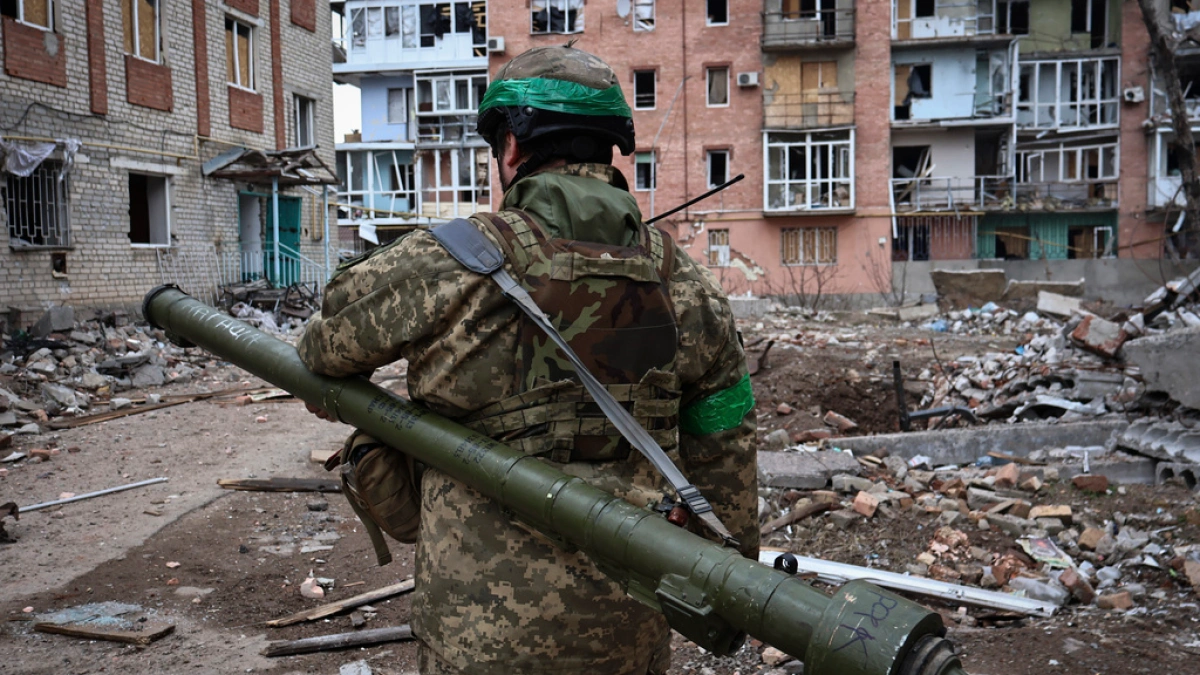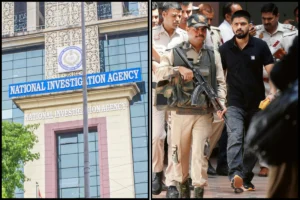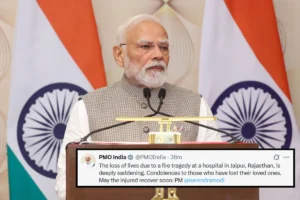
Leaked Pentagon documents demonstrate how well the U.S. has infiltrated Russia’s security and intelligence services, showing Washington’s capacity to alert Ukraine about impending strikes and giving an evaluation of the power of Moscow’s war machine.
According to the documents, the Russian military is severely depleted and is fighting a losing battle in the conflict in Ukraine. Daily real-time alerts on the timing of Moscow’s strikes and even their precise targets are contained within American intelligence services. Because of this knowledge, the United States has been able to provide Ukraine with vital information on self-defense.
The documents reveal the American assessment of the Ukrainian military in distress. The information confirms what intelligence officials have long suspected: the U.S. has a better understanding of Russian military operations than it does of Ukrainian planning. Although intelligence gathering is often difficult and sometimes incorrect, the trove of documents provides perhaps the most complete picture yet of the inner workings of Europe’s largest land war in decades.
While the documents provide hints about U.S. methods for gathering information on Russian plans, American officials say they do not yet know if any of their sources of information will be cut off as a result of the leak.
Although American officials have admitted that some sources of information have been lost since the war began, the new documents appear to show that America’s understanding of Russian planning remains extensive.
However, the leak has the potential to seriously harm Ukraine’s war effort by revealing which Russian agencies the U.S. knows the most about, giving Moscow the opportunity to cut off information sources.
The leak has already strained relations with allies and cast doubt on America’s ability to keep secrets. After reviewing the documents, a senior Western intelligence official stated that the material’s release was painful and that it could limit intelligence sharing.
According to the official, for various agencies to share material, trust, and assurances that certain sensitive information will be kept confidential are required.
The documents may also harm diplomatic relations in other ways. The newly disclosed intelligence documents also show that the U.S. is spying not only on Russia but also on its allies.
While this comes as no surprise to officials, making such eavesdropping public always harms relations with key partners, such as South Korea, whose assistance is required to supply Ukraine with weapons.
The Federal Bureau of Investigation opened an investigation on Friday, according to senior U.S. officials, and said it will work quickly to identify the leak’s source.
The officials admitted that although the briefings seemed to be legitimate intelligence and operational summaries created by the Pentagon’s Joint Staff using information from the government’s intelligence community, at least one had been altered from the original at a later date.
One senior U.S. official described the leak as a “massive intelligence breach”, made worse by the fact that it reveals to Russia just how deeply American intelligence operatives have penetrated the Russian military apparatus.
According to one official, officials with security clearance in the United States frequently receive such documents via daily emails, which are then automatically forwarded to other people.
Another senior U.S. official said it could be difficult to track down the original source of the leak because hundreds, if not thousands, of military and other U.S. government officials have the security clearances required to access the documents.
According to the official, the Pentagon has recently implemented procedures to “lock down” the distribution of highly sensitive briefing documents. The documents posted online were photographs of folded papers, some with images of a magazine behind them, which investigators may find useful.
According to the documents, nearly every Russian security service appears to have been compromised in some way by the US. For example, one top-secret entry discusses the Russian General Staff’s plans to counter the tanks NATO countries were providing to Ukraine, such as establishing different “fire zones” and beginning training of Russian soldiers on the vulnerabilities of various allied tanks.
Another entry discusses the GRU, Russia’s military intelligence unit, planning an information campaign in Africa to shape public opinion against the US and “promote Russian foreign policy.”
While some intelligence briefs provide analysis and broad warnings about Russian plans, others contain actionable information that Ukraine could use to defend itself. One entry discusses the Russian Defense Ministry planning missile strikes on Ukrainian forces on March 3 at specific locations in Odesa and Mykolaiv, an attack that US intelligence agencies believed would be designed to destroy a drone storage area, and an air defence gun, and kill Ukrainian soldiers.
Another article talks about a report that the Russian National Defense Command Center released in February regarding the “decreased combat capacity” of Russia’s soldiers in Eastern Ukraine.
The National Security Agency, the State Department’s Bureau of Information and Research, and the Central Intelligence Agency all contributed intelligence to the records, which were put together by the Joint Staff of the Pentagon. Part of the information is marked as having been gathered in accordance with the Federal Intelligence Surveillance Act, or F.I.S.A., and it is noted that further disclosure is prohibited without the attorney general’s consent.
The C.I.A. Operations Center Intelligence Update from March 2 is identified in one portion of the documents. In that portion, it is discussed how, “according to a signals intelligence report”, the Russian Ministry of Defense had been considering actions to refute claims that it had not been providing ammunition to Wagner group troops in Ukraine.
The records show that American intelligence services are listening in on significant friends in addition to snooping on the Russians.
At least two talks about the South Korean debate over whether to break Seoul’s ban on sending deadly aid to Ukraine can be found on the pages that have been uploaded online. According to one section of the papers, South Korean officials were concerned that President Biden would phone the leader of South Korea to put pressure on Seoul to deliver the items.
Further information on how the United States learned about the South Korean discussions is provided in a different part of the records from the C.I.A., which notes that the information came from “a signals intelligence report”.
Also read: PM Modi To Launch International Big Cats Alliance Tomorrow
To read more such news, download Bharat Express news apps























